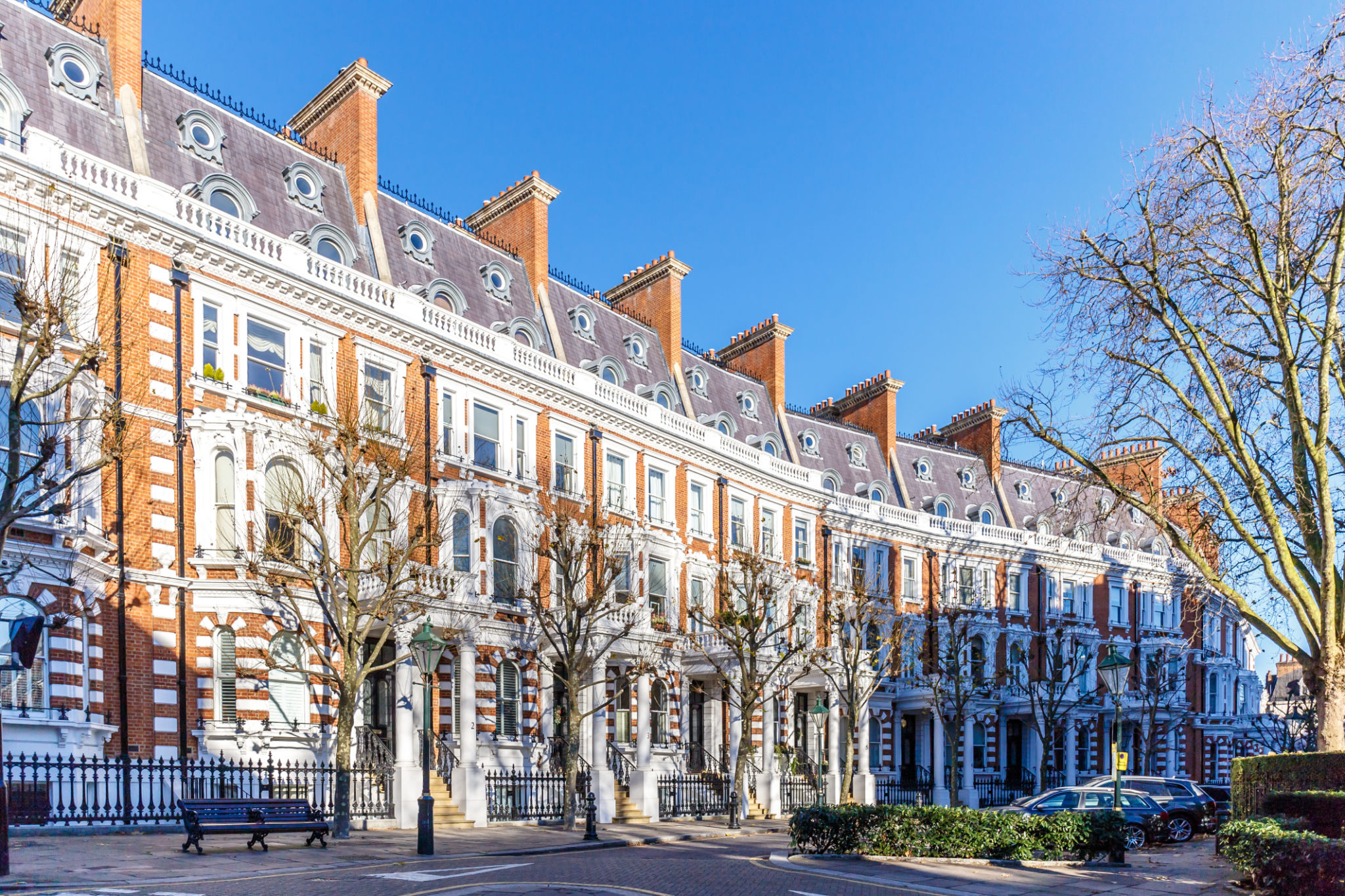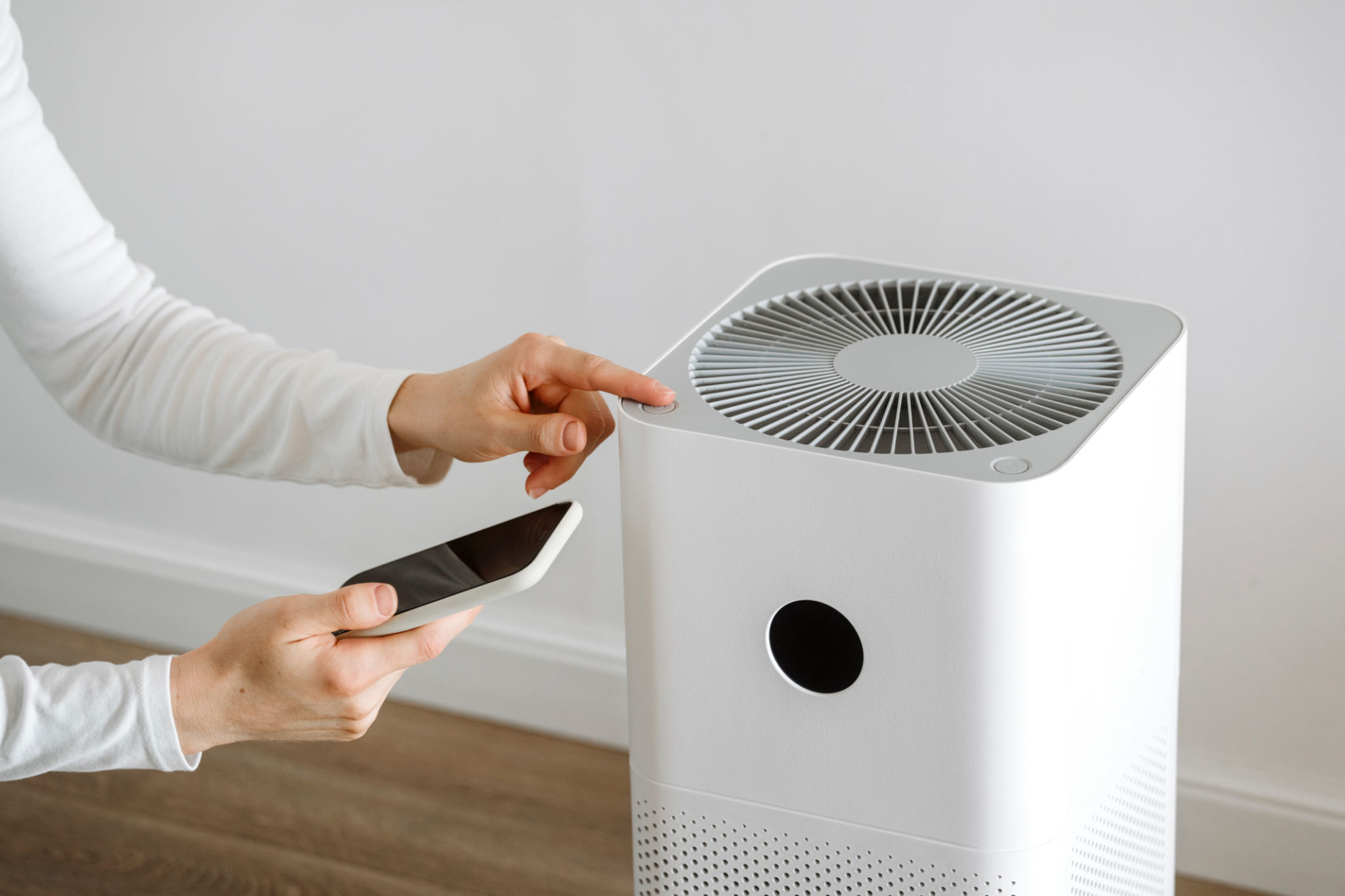Expert Tips for Optimizing Airflow in Older London Buildings
Understanding the Challenges of Airflow in Older Buildings
Older buildings in London possess a charm that is often unmatched by modern structures. However, with their historical allure comes the challenge of maintaining optimal airflow. Many of these buildings lack modern ventilation systems, leading to stuffy interiors and potential health issues. Understanding the unique architectural features of these structures is essential in devising effective airflow solutions.

Conducting a Thorough Assessment
The first step in optimizing airflow is conducting a comprehensive assessment of the building. This involves identifying areas with poor ventilation and understanding how air circulates within the space. Experts recommend checking for blocked vents, malfunctioning windows, and any structural impediments that might hinder airflow. Engaging a professional can provide valuable insights and ensure that no critical aspects are overlooked.
Implementing Strategic Ventilation Solutions
Once problem areas are identified, implementing strategic solutions is crucial. One effective method is installing mechanical ventilation systems that can complement natural airflow. These systems can help regulate air exchange, ensuring fresh air circulates throughout the building. Additionally, ensuring that existing windows and doors are operable can significantly enhance natural ventilation.

Utilizing Air Purifiers and Dehumidifiers
In situations where structural changes are limited, using air purifiers and dehumidifiers can be an excellent way to improve air quality. Air purifiers can remove dust, allergens, and other pollutants, while dehumidifiers help maintain optimal humidity levels, reducing the risk of mold growth. These devices are especially beneficial during colder months when windows remain closed.
- Choose air purifiers with HEPA filters
- Opt for energy-efficient dehumidifiers
- Regularly maintain these devices for optimal performance

Enhancing Natural Ventilation Features
Older buildings often feature unique architectural elements such as sash windows and high ceilings, which can be leveraged to improve natural ventilation. Ensuring that these features are in good working condition can significantly enhance airflow. Additionally, using techniques such as cross ventilation—where windows and doors on opposite sides of a room are opened—can maximize air circulation.
Incorporating Green Solutions
Integrating green solutions like indoor plants can also contribute to better airflow and air quality. Plants not only produce oxygen but also help in filtering out toxins from the air. Selecting low-maintenance plants like spider plants or peace lilies can be both aesthetically pleasing and functional in improving indoor environments.
- Choose plants suitable for indoor conditions
- Position them strategically for maximum effect
- Ensure adequate light and care for plant health

Regular Maintenance and Upkeep
Regular maintenance of existing ventilation systems and structural features is vital in maintaining optimal airflow. This includes cleaning vents, ensuring that windows are not painted shut, and checking for any wear and tear in ventilation systems. Consistent upkeep can prevent potential issues from escalating and help maintain a healthy indoor environment.
Consulting with Professionals
Finally, consulting with building experts or ventilation specialists can provide tailored solutions based on the specific needs of a building. These professionals can offer advice on modern technologies and methods that align with the preservation of historical structures while enhancing airflow.
By combining traditional techniques with modern innovations, it’s possible to optimize airflow in older London buildings effectively. These strategies not only contribute to the comfort and health of occupants but also help preserve the structural integrity of these cherished historical landmarks.